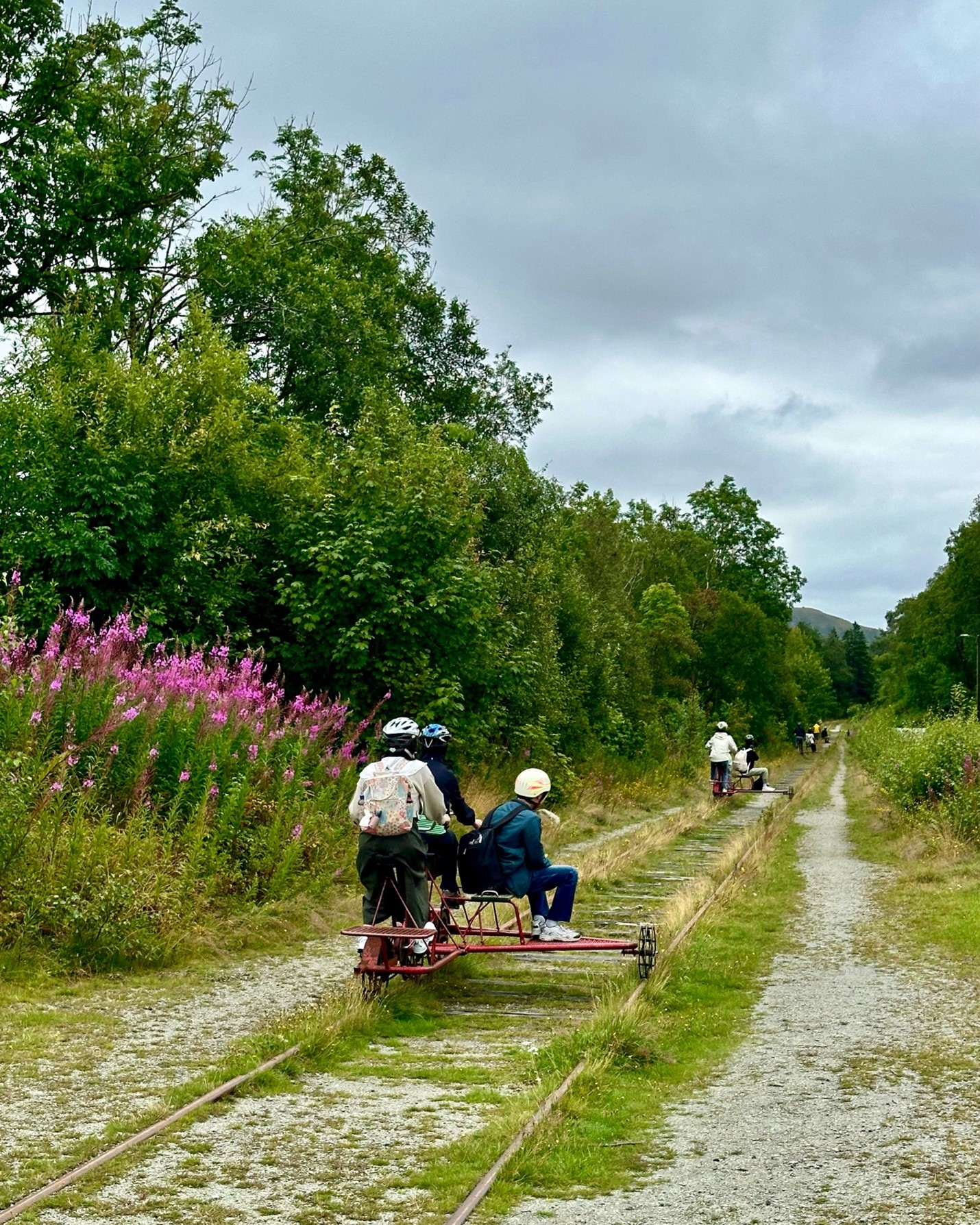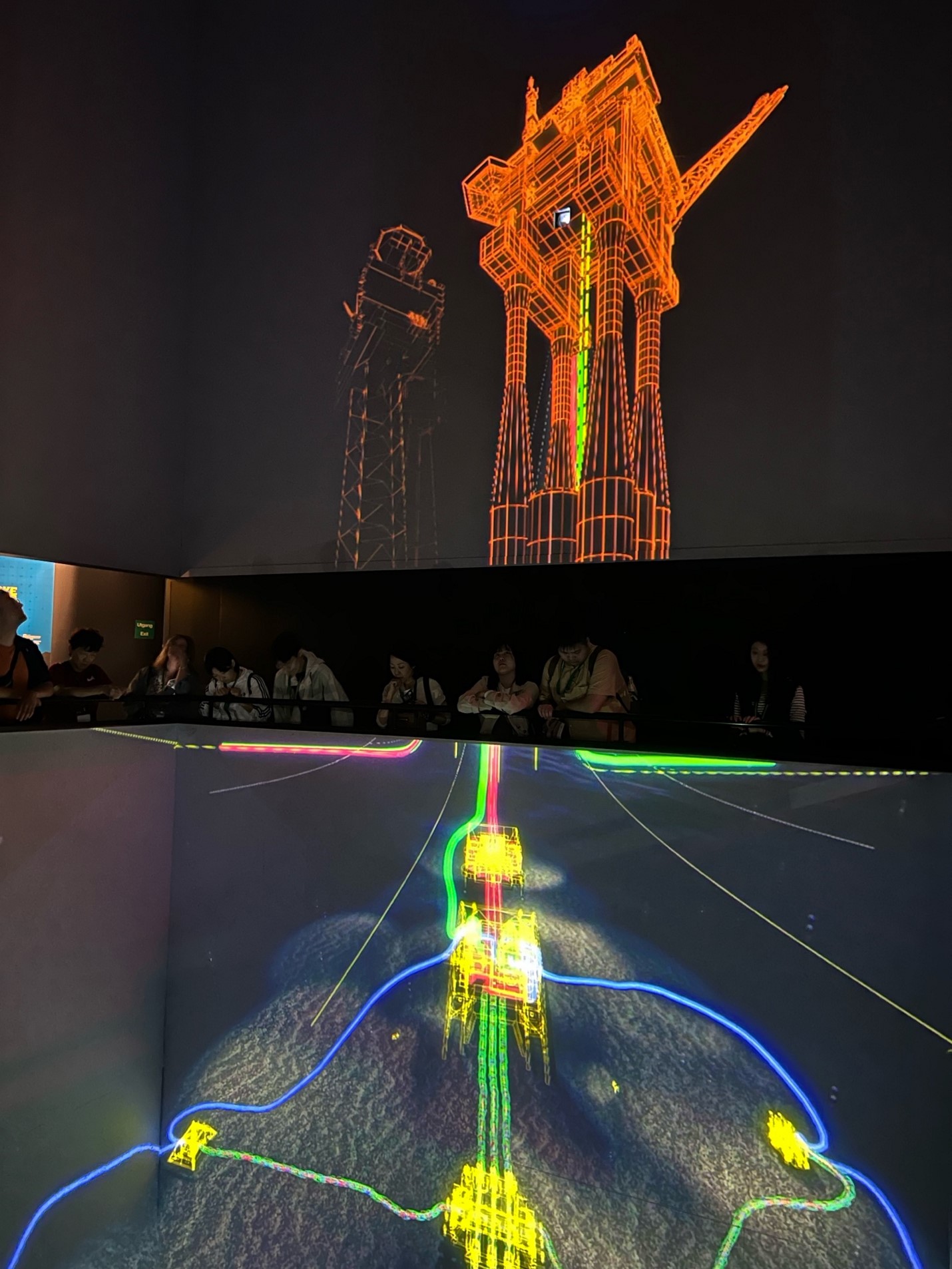On 7-9 August 2024, The Greenhouse is hosting an international conference on Storytelling for Environmental Futures, which brings together scholars from across the world to discuss how storytelling in the environmental arts and humanities can contribute to environmental futures.

On 7-9 August 2024, The Greenhouse is hosting an international conference on Storytelling for Environmental Futures, which brings together scholars from across the world to discuss how storytelling in the environmental arts and humanities can contribute to environmental futures.
During the conference, which has almost 100 participants, attendees can participate in 23 paper sessions, four interactive workshops, and a film session from environmental film makers, covering a wide range of research fields within environmental humanities, including history, literature, religion, philosophy, media, art, and journalism. What unites the presentations is an interest in storytelling as a practice for making sense of the world and its many futures.
“The environmental challenges facing the world today requires far more than technological solutions,” states Greenhouse co-director Finn Arne Jørgensen, professor of environmental history at University of Stavanger. “This conference and the international ANEST network that organizes it demonstrates that the environmental humanities are critically important for mapping out environmental futures.”
The conference is the closing event of the INTPART network ANEST: Asia-Norway Environmental Storytelling Network, which runs from 2020-2024. INTPART is an international collaboration funding scheme operated by the Research Council of Norway. ANEST is coordinated by Jørgensen in collaboration with Hanna Musiol, professor of modern and contemporary literature at Norwegian University of Science and Technology.

The three Norwegian partner instititutions are UiS, NTNU, and UiA. In Asia, the partners are Renmin University of China, Shanghai University, University of Hong Kong, Hong Kong University of Science and Technology, KAIST Korea Advanced Institute of Science and Technology, National Taiwan Normal University, National Chung Hsing University, Taiwan, and Aoyama Gakuin University, Japan.
Environmental excursions
The conference is preceded by a series of excursions in which more than 20 MA and PhD students from the Asian partner universities and their teachers have toured Stavanger and the region to learn about environmental storytelling through local landscapes, agriculture, cultural heritage, and industrial heritage, from 2-6 August.
For more information, contact ANEST project leader Finn Arne Jørgensen, professor of environmental history, Department of Cultural Studies and Languages, University of Stavanger.